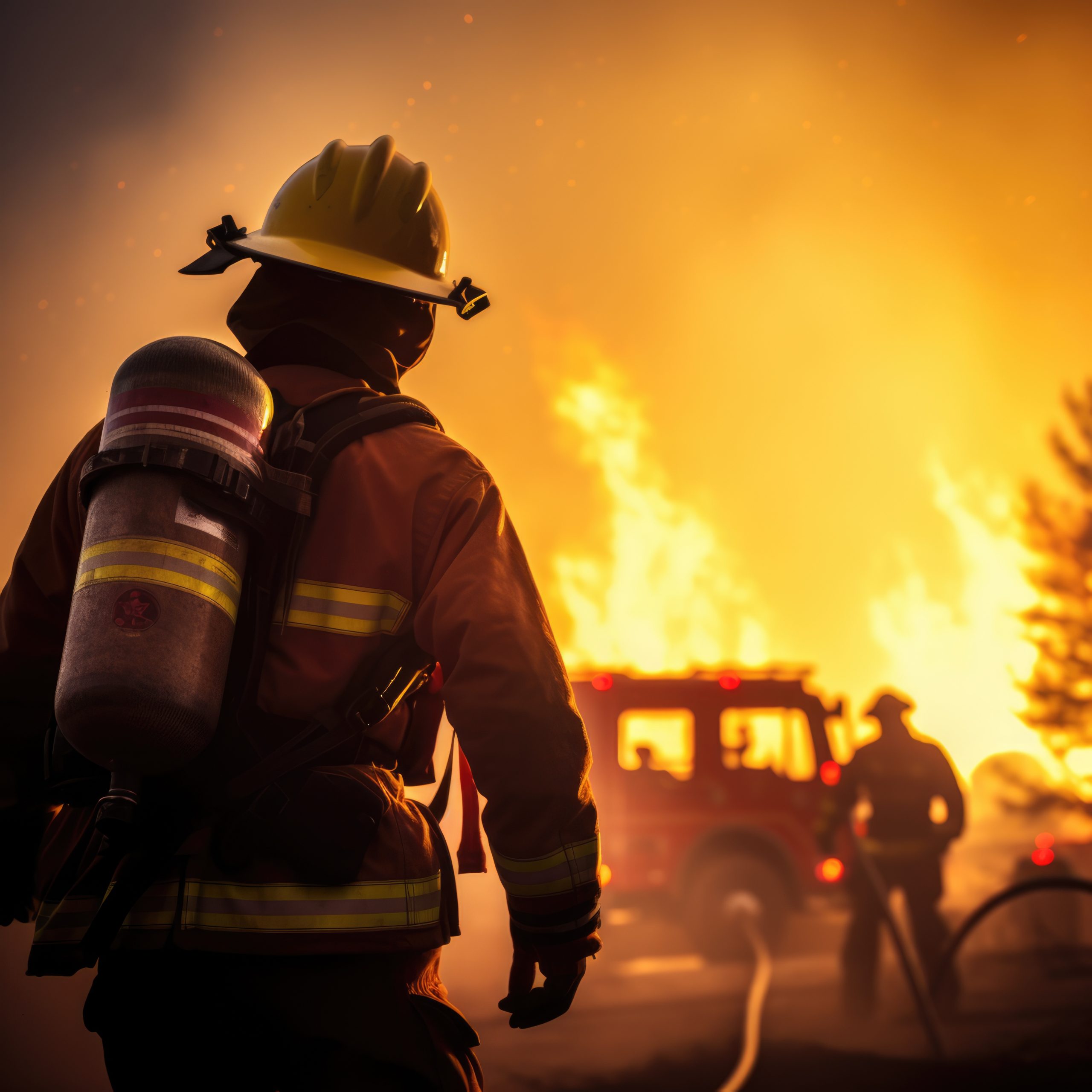Understanding Fire Safety in Care Facilities: Explore the basics of fire safety in care facilities in this module. Learn about common fire hazards and how to identify them. It's crucial for both staff and residents to be aware of fire safety measures.
Prevention is Key: Discover effective strategies for preventing fires in care facilities. Learn how to reduce the risk of fires by safely storing combustible materials and maintaining electrical appliances. Fire prevention is the cornerstone of fire safety in care facilities.
Creating Evacuation Plans: Learn how to create and implement evacuation plans tailored to care facility residents. Understand the importance of designated meeting points and clear evacuation routes. A safe evacuation depends on ensuring everyone knows what to do in case of a fire.
Essential Fire Safety Equipment: Examine the types of fire safety equipment essential for care facilities, including emergency lighting, fire extinguishers, and smoke detectors. Learn how to properly operate and maintain these devices to enhance safety. Having the right equipment can greatly improve fire safety awareness in care facilities.
Communication and Staff Training: Effective communication and staff training are crucial for fire safety in care facilities. Learn how to educate staff about fire risks, evacuation procedures, and the importance of quick action in an emergency. Providing staff with the necessary knowledge ensures a well-coordinated response to fire emergencies.





